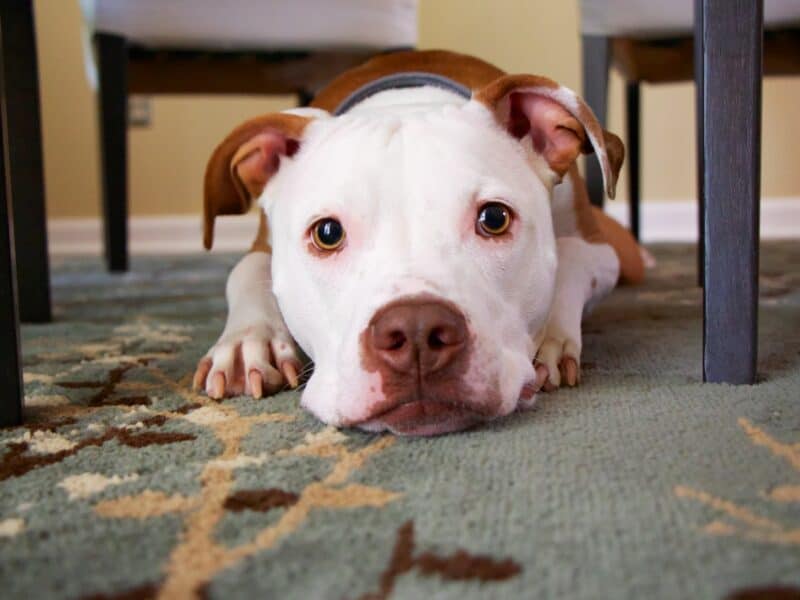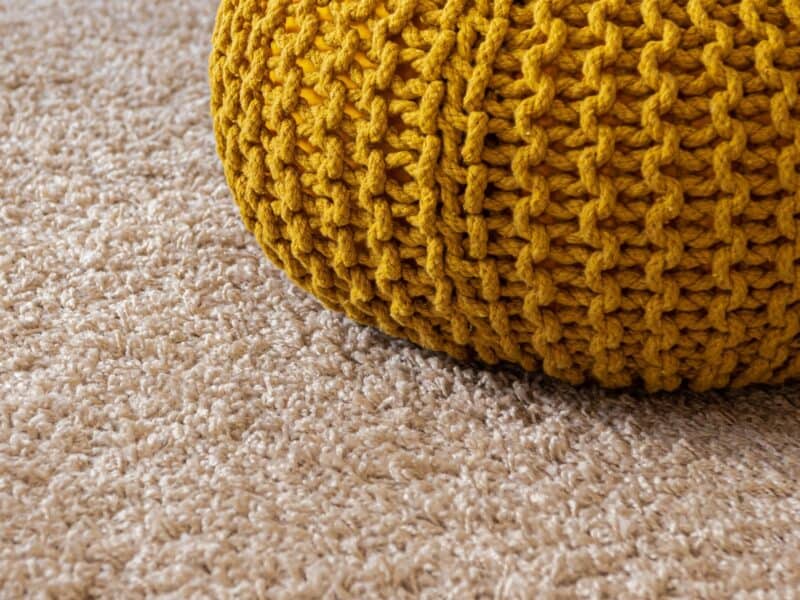
Despite its higher maintenance and impracticality in certain situations – especially those involving pets and children – carpet is still the top flooring choice for many people.
So if you’re one of those who feel that nothing matches carpet for its luxurious look, cosy feel and insulating qualities, both in warmth and sound, how can you ensure that you choose the right carpet, which will not only enhance your home but also suit your lifestyle?
Colour and Style
To a large extent, colour and style is very much a matter of individual taste. The enormous selection nowadays means that there is a colour and pattern to match every taste and personality.
However, remember that as the carpet will cover one of the largest surface areas in any living space, it will have significant impact on your interior décor and this is an important point to keep in mind.
You can either opt for a neutral, non-intrusive background colour which will blend easily with several design themes or choose a strong, statement colour and pattern which may become the design focus of the room.
Remember also that the actual shade of colour can significantly influence the atmosphere of the room. For example, cool colours like blues and greens tend to have a calming effect whilst reds, oranges and yellows are more energising.
Natural, earthy colours that resemble nature are always popular as they have a soothing effect on the eye. Light, bright colours can help to brighten up a room which lacks light.
On the other hand, medium and darker colours disguise dirt, grime and stains better which is something to keep in mind when considering carpet for high traffic areas.
Function
The location and use of your carpet is a very important factor in your selection process. It is no use selecting an expensive, beautiful, luxurious carpet for the living room if it cannot cope with constant foot traffic or heavy soiling and you face a losing battle everyday trying to maintain it in good condition.
So before even beginning to look at samples, ask yourself the following questions to establish Which Carpets are Suitable:
- Which room will the carpet go in?
- What is this room primarily used for?
- How much traffic will be passing through it daily?
- Is this room going to be the focus of family activity?
- Will there be pets and children spending a lot of time in the room?
- Is the carpet exposed to direct sunlight daily?
- Is it near a main doorway or entrance with direct access from the outside?
Texture
The texture and any patterns on a carpet is dependent on the kind of pile. Traditionally, all carpets were made with loop piles where the tufts of yarn are left uncut.
If the loops are all the same height (level loop) then this gives an informal look which is also hard-wearing and suitable for high traffic areas.
Loops can also be at different heights (multi-level loop pile) which gives a very casual effect and can be used to create patterns, as well as giving the same good durability.
Nowadays, loops can also be cut, leaving individual tufts standing. Cut pile carpets tend to have a more formal look and come in three recognised textures: “plush” is very dense and uniform, giving a very smooth surface and a very formal effect; “Saxony” is similar but with twisted yarns which results in a slightly less formal look and finally “Frieze” where the yarns are very twisted to give a ‘curly’ texture which also helps to minimise foot prints and vacuum marks.
Modern carpets can also be a combination of cut and loop piles, which gives you a variety of surface textures to play with, particularly useful for creating sculptured effects such as swirls, squares and other patterns.
Construction
It is important to look at the actual construction of a carpet as well when choosing – this consists of the fibres, a latex adhesive to hold them in place, the mesh backing and the foam padding or underlay which goes between the carpet and subfloor.
The quality of all these individual parts affects the overall quality of the carpet. In particular, try to go for the best quality padding you can afford as it can be as important as the choice of carpeting.
Not only does it provide cushioning and support, it helps to insulate against cold and noise.
Fibre Type
There is a vast choice of fibre type nowadays to suit every lifestyle, function and taste:
- Nylon: One of the most popular fibre types due to its durability, resilience to heavy traffic and furniture, stain resistance and large colour choice.
- Polyester: another popular choice as although synthetic, it gives a very luxurious, soft look when used in thick, cut-pile styles while still being stain-resistant and easy to maintain.
- Acrylic: a popular substitute for wool at a fraction of the cost, acrylic is also resistant to mildew.
- Polypropylene: a very durable synthetic fibre which can be used outdoors as well due to its strong resistance to moisture and mildew; easy to clean and colourfast, it is a popular choice for high activity areas in the home.
- Wool: the most expensive choice, wool is soft, dense and luxurious but harder to maintain in top condition.
- Blends: these give the benefits of both types, such as the high quality look and comfort of wool together with the durability of nylon.
Cost
For many, this might be the first factor to take into consideration. While a limited budget may encourage you to only consider the cheapest options, remember to think of the long term and that a better quality carpet which lasts longer may be cheaper in the long run than a lower grade carpet which will have to be replaced again soon.
In general, it is best to reserve the money for the high traffic areas, buying the best carpet you can afford there, and then making do with lower grade carpets for the lower-traffic rooms, such as bedrooms and guestrooms.
Think also about installation as a good professional installation will help to extend the life of your carpet.


